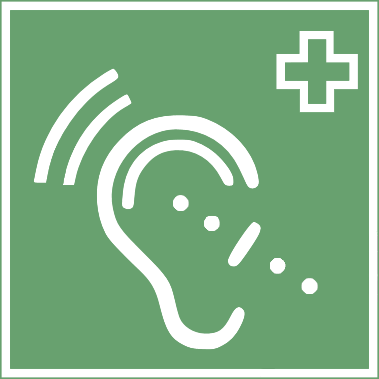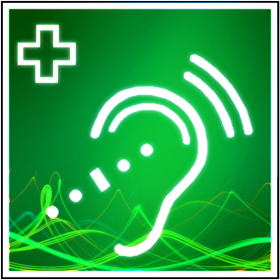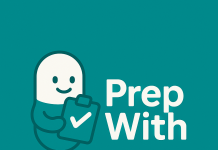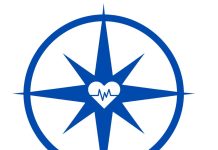 Background
Background
Around 70-170 people in 100,000 suffer sudden cardiac arrest every year in Europe, making it the third leading cause of death [1]. Early cardiopulmonary resuscitation (CPR) through bystanders has often been shown to improve survival rates [2], [3].
Various measures have been taken to improve knowledge about CPR and to break down barriers to its actual implementation, such as information campaigns or even teaching school children about basic life support (BLS) [4].
However, these do not apply to people with severe hearing impairments (SHI), especially those who rely on sign language in their everyday lives. Research on this topic is scarce, although it has been shown that people with SHI can be effectively trained in BLS if appropriate measures are taken [5], [6].
Project
The form in which information is conveyed is of utmost importance, as it has been shown that people with SHI lag behind their hearing peers in terms of reading comprehension and health literacy [7], [8].
Outcomes of BLS education appear to be better when BLS is taught in sign language and over a longer course duration [9]. In our own research, in which we interviewed several deaf people, we have learned that there is great need for appropriate educational measures on this topic, both quantitatively and qualitatively.
Objectives
An application for people with SHI to learn, repeat and deepen their knowledge about BLS in an adapted way catered to their needs and additionally to get the possibility to review the content in a playful way. To support the learning experience videos with subtitles and sign language interpreters as well as text information were created.
Outcome
A simple-to-use website with a clearly understandable user interface was created using React Framework. (Figure 1) Content was created according to the European Resuscitation Council (ERC) guidelines from 2021. Feedback was regularly fetched from people with severe hearing impairment. Videos were then embedded according to the respective chapters in Basic Life Support curriculum. Visual content is supported by text and sign language translation as stated above. (Figure 2) A screenshot of the accessible Quizzes at the end of each chapter allow to recapitulate the most important information to increase knowledge retention. In a customizable profile, users can save their most important information and, by taking the quizzes, increase their “level of knowledge”, which is also displayed.


Evaluation
To evaluate the application and the embedded content, real-world user testing was performed using the standardized “Web-CLIC” questionnaire. The application was deployed on a Microsoft Azure Webserver. People with hearing impairment then rated the applications Clarity, Likeability, Informativeness, and Credibility (CLIC). Data was collected and analyzed using PSPP (Free Software Foundation INC.)
References
[1] J.-T. Gräsner et al., “European Resuscitation Council Guidelines 2021: Epidemiology of cardiac arrest in Europe,” Resuscitation, vol. 161, pp. 61–79, Apr. 2021, doi: 10.1016/j.resuscitation.2021.02.007.
[2] D. M. Christensen et al., “Bystander cardiopulmonary resuscitation and survival in patients with out-of-hospital cardiac arrest of non-cardiac origin,” Resuscitation, vol. 140, pp. 98–105, Jul. 2019, doi: 10.1016/j.resuscitation.2019.05.014.
[3] I. Hasselqvist-Ax et al., “Early Cardiopulmonary Resuscitation in Out-of-Hospital Cardiac Arrest,” New England Journal of Medicine, vol. 372, no. 24, pp. 2307–2315, Jun. 2015, doi: 10.1056/NEJMoa1405796.
[4] B. W. Böttiger et al., “Kids Save Lives – ERC position statement on school children education in CPR.: ‘Hands that help – Training children is training for life,’” Resuscitation, vol. 105, pp. A1–A3, Aug. 2016, doi: 10.1016/j.resuscitation.2016.06.005.
[5] C. Sandroni, P. Fenici, M. L. Franchi, F. Cavallaro, C. Menchinelli, and M. Antonelli, “Automated external defibrillation by untrained deaf lay rescuers,” Resuscitation, vol. 63, no. 1, pp. 43–48, Oct. 2004, doi: 10.1016/j.resuscitation.2004.03.010.
[6] I. Ulusoy et al., “CAN DEAF PEOPLE LEARN AND APPLY BASIC LIFE SUPPORT?,” Pediatric Critical Care Medicine, vol. 22, no. Supplement 1 3S, p. 121, Mar. 2021, doi: 10.1097/01.pcc.0000739124.89353.4d.
[7] S. R. Smith and V. J. Samar, “Dimensions of Deaf/Hard-of Hearing and Hearing Adolescents’ Health Literacy and Health Knowledge,” Journal of health communication, vol. 21, no. SUP2, p. 141, 2016, doi: 10.1080/10810730.2016.1179368.
[8] J. A. Holt, “Stanford Achievement Test—8th Edition: Reading Comprehension Subgroup Results,” American Annals of the Deaf, vol. 138, no. 2, pp. 172–175, 1993, doi: 10.1353/aad.2012.0684.
[9] J. A. Tomasetti, K. H. Beck, and H. E. Clearwater, “An analysis of selected instructional methods on cardiopulmonary resuscitation retention competency of deaf and non-deaf college students,” Am Ann Deaf, vol. 128, no. 4, pp. 474–478, Aug. 1983, doi: 10.1353/aad.2012.0954.
A project at the St. Pölten University of Applied Sciences
Master Program Digital Healthcare
Project Coach: Dr. rer. nat. Vanessa Yue Fei Leung




